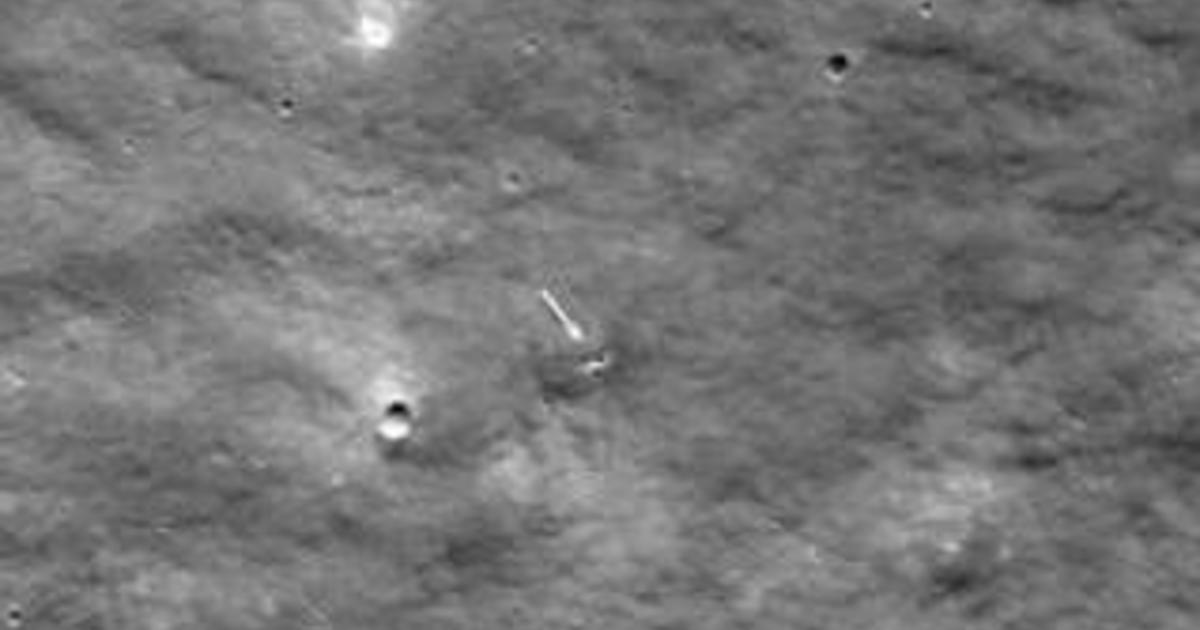Recently, NASA revealed images that indicate Russia’s Luna-25 probe left a 33-foot-wide crater on the moon’s surface last month. The mission, Russia’s first moon mission in nearly five decades, ended in failure when the probe lost control and crashed on August 19. The Russian space agency, Roscosmos, reported that a thruster firing went wrong, causing the spacecraft to veer off course and cutting off communication. The Lunar Reconnaissance Orbiter (LRO) spacecraft captured images of the suspected impact site, confirming the probe’s crash location.
NASA confirms that the new crater observed by LRO is likely the result of the Luna-25 mission, as it aligns with the estimated impact point. However, Moscow has initiated a commission to investigate the exact cause of the crash. This failure is a significant setback for the Russian space program, which aimed to explore the moon’s southern polar region in search of ice deposits that could support future space missions. The presence of ice would offer valuable resources such as breathable air, water, and even hydrogen rocket fuel.
Russia has had limited success in independent space exploration since their last successful lunar sample return mission in 1976. In contrast, twelve NASA astronauts walked on the moon during the Apollo program. Despite this setback, Russia’s Luna-25 was an attempt to reinvigorate their space exploration efforts, as countries like the U.S., China, India, and Japan, along with private companies, plan multiple moon missions and lay the groundwork for lunar bases and eventual journeys to Mars.
Interestingly, India’s recent Chandrayaan-3 Vikram lunar lander successfully touched down near the moon’s south pole just days after Luna-25’s crash. The Indian lander delivered a lunar rover that has already transmitted valuable data from soil samples.
In conclusion, the Luna-25 probe’s crash on the moon’s surface marks a significant failure in Russia’s space program, but it highlights the intensified global race to explore the moon and pave the way for future space missions.
Denial of responsibility! VigourTimes is an automatic aggregator of Global media. In each content, the hyperlink to the primary source is specified. All trademarks belong to their rightful owners, and all materials to their authors. For any complaint, please reach us at – [email protected]. We will take necessary action within 24 hours.


